Loft Bed Wood: A Guide to Choosing the Best Material for Your Elevated Bed
Loft beds are a great way to maximize the space and functionality of your bedroom, especially if you have a small or shared room. They are raised beds made of loft bed wood, that create an open area underneath, where you can place a desk, a sofa, a dresser, or anything else you need. Loft beds come in different sizes, styles, and designs, but one of the most important factors to consider is the material they are made of.
Wood is one of the most popular and versatile materials for loft beds. Wood loft beds offer many benefits, such as durability, stability, aesthetics, and customization. However, not all wood loft beds are equal. There are different types of wood, each with its own characteristics, advantages, and disadvantages. In this article, we will help you choose the best wood for your loft bed, based on your needs, preferences, and budget.
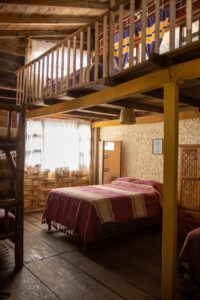
Why Choose Wood for Your Loft Bed?
Wood is a natural and renewable material that has been used for furniture making for centuries. Wood has many qualities that make it ideal for loft beds, such as:
- Durability: Wood is strong and resistant to wear and tear. It can support heavy weights and last for a long time with proper care and maintenance. Wood also has a natural ability to absorb shocks and vibrations, which can reduce noise and increase comfort.
- Stability: Wood is rigid and stable, which means it does not bend or warp easily. It can provide a solid and secure base for your loft bed, without wobbling or shaking. Wood also has a low thermal expansion coefficient, which means it does not expand or contract significantly due to temperature changes.
- Aesthetics: Wood has a warm and natural beauty that can enhance the look and feel of your bedroom. Wood comes in various colors, grains, and textures, which can create different effects and styles. Wood also ages gracefully, developing a rich patina over time that adds character and charm.
- Customization: Wood is easy to work with and modify. You can cut, shape, sand, paint, stain, or varnish wood to suit your preferences and needs. You can also add accessories, such as drawers, shelves, hooks, or lights to your wood loft bed to increase its functionality and appeal.
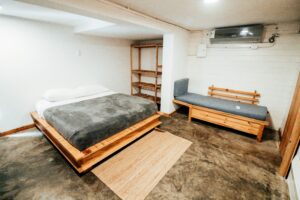
What Are the Different Types of Wood for Loft Beds?
Wood can be classified into two main categories: hardwood and softwood. Hardwood comes from deciduous trees that lose their leaves in winter, such as oak, maple, cherry, or walnut. Softwood comes from coniferous trees that keep their needles all year round, such as pine, fir, or spruce.
Hardwood is generally denser, heavier, stronger, and more durable than softwood. It also has a finer grain and a smoother surface. However, hardwood is also more expensive and harder to work with than softwood. Softwood is lighter, cheaper, and easier to cut and shape than hardwood. It also has a coarser grain and a more rustic appearance. However, softwood is also more prone to dents, scratches, cracks, and warping than hardwood.
The type of wood you choose for your loft bed depends on several factors, such as:
- Budget: If you have a limited budget or want to save money on your loft bed project, softwood is a more economical option than hardwood. Softwood is widely available and affordable, but it still offers decent quality and performance. However, if you want to invest in a more durable and elegant loft bed that will last for years, hardwood is worth the extra cost.
- Style: If you want to create a cozy and casual atmosphere in your bedroom or match your existing furniture style, softwood is a good choice. Softwood has a natural and rustic charm that can complement various decors. However, if you want to create a more sophisticated and refined look in your bedroom or contrast your existing furniture style, hardwood is a better option. Hardwood has a sleek and smooth finish that can add elegance and class to any space.
- Function: If you plan to use your loft bed frequently or share it with someone else, hardwood is a more reliable option than softwood. Hardwood can withstand more weight and pressure without breaking or sagging. It can also resist scratches and dents better than softwood. However, if you plan to use your loft bed occasionally or only by yourself, softwood is a sufficient option. Softwood can still provide enough support and comfort for your sleeping needs.
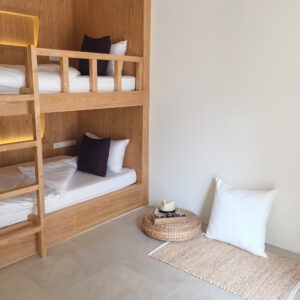
How to Choose the Best Wood for Your Loft Bed?
Besides the general categories of hardwood and softwood, there are specific types of wood that have their own pros and cons for loft beds. Some of the most common and popular types of wood for loft beds are:
- Pine: Pine is a softwood that is widely used for loft beds because of its low cost and easy availability. Pine has a light color and a distinctive grain that can create a cozy and rustic feel. Pine is also easy to cut and shape, which makes it ideal for DIY projects. However, pine is also prone to dents and scratches, and it can warp or crack over time. Pine also tends to have knots and resin pockets that can affect its appearance and quality.
- Fir: Fir is another softwood that is commonly used for loft beds. Fir has a reddish-brown color and a straight grain that can create a simple and elegant look. Fir is also strong and stable, which makes it suitable for supporting heavy weights. However, fir is also hard to stain or paint, and it can splinter or split easily. Fir also tends to have pitch pockets that can leak sap or resin.
- Spruce: Spruce is a softwood that is often used for loft beds. Spruce has a pale yellow color and a fine grain that can create a bright and airy feel. Spruce is also lightweight and flexible, which makes it easy to move and adjust. However, spruce is also weak and brittle, and it can break or snap under stress. Spruce also tends to have knots and defects that can affect its appearance and quality.
- Oak: Oak is a hardwood that is widely used for loft beds because of its high quality and durability. Oak has a golden-brown color and a prominent grain that can create a classic and sophisticated look. Oak is also strong and stable, which makes it ideal for supporting heavy weights. However, oak is also expensive and heavy, and it can be difficult to cut and shape. Oak also tends to have pores and rings that can affect its appearance and quality.
- Maple: Maple is a hardwood that is often used for loft beds because of its smooth and fine texture. Maple has a light color and a subtle grain that can create a modern and minimalist look. Maple is also hard and dense, which makes it resistant to dents and scratches. However, maple is also costly and heavy, and it can be hard to stain or paint. Maple also tends to have mineral streaks and bird’s eye patterns that can affect its appearance and quality.
- Cherry: Cherry is a hardwood that is sometimes used for loft beds because of its rich and warm color. Cherry has a reddish-brown color and a smooth grain that can create a luxurious and elegant look. Cherry is also moderately strong and stable, which makes it suitable for supporting moderate weights. However, cherry is also pricey and heavy, and it can darken or fade over time. Cherry also tends to have sapwood and gum pockets that can affect its appearance and quality.
Also Read: Living Room Furniture for Small Spaces: How to Make Your Home Look Bigger and Better
How to Care for Your Wood Loft Bed?
Once you have chosen the best wood for your loft bed, you need to take good care of it to ensure its longevity and beauty. Here are some tips on how to care for your wood loft bed:
- Clean regularly: You should dust your wood loft bed with a soft cloth or a vacuum cleaner at least once a week to remove dirt and dust. You should also wipe your wood loft bed with a damp cloth or a mild soap solution occasionally to remove stains and spills. You should avoid using harsh chemicals or abrasive cleaners that can damage the wood surface.
- Protect from moisture: You should keep your wood loft bed away from sources of moisture, such as windows, radiators, or humidifiers. You should also use coasters, mats, or pads to prevent water rings or stains from cups or bottles. You should immediately dry your wood loft bed if it becomes wet or damp.
- Protect from heat: You should keep your wood loft bed away from sources of heat, such as fireplaces, heaters, or direct sunlight. You should also use trivets, placemats, or pads to prevent scorch marks or discoloration from hot dishes or appliances. You should avoid placing your wood loft bed near air vents or fans that can cause uneven drying or cracking.
- Protect from scratches: You should use felt pads, rubber bumpers, or furniture glides to prevent scratches or dents from moving or dragging your wood loft bed or its accessories. You should also avoid placing sharp or heavy objects on your wood loft bed that can cause gouges or nicks. You should repair any minor scratches or dents with a wood filler or a touch-up pen.
- Polish occasionally: You should polish your wood loft bed with a soft cloth or a furniture polish every few months to enhance its shine and luster. You should avoid using wax or silicone-based polishes that can build up or attract dust. You should follow the manufacturer’s instructions on how to apply and remove the polish.
Conclusion: Choose the Best Loft Bed Wood
Loft bed wood is an important factor to consider when buying or building your elevated bed. Wood loft beds offer many benefits, such as durability, stability, aesthetics, and customization. However, you need to choose the best type of wood for your loft bed based on your budget, style, function, and preference.
In this article, we have discussed the differences between hardwood and softwood, as well as the pros and cons of some of the most common types of loft bed woods, such as pine, fir, spruce, oak, maple, and cherry. We have also given you some tips on how to care for your wood loft bed to maintain its quality and beauty.
We hope this article has helped you make an informed decision on which loft bed wood to choose for your bedroom. If you are looking for more information or inspiration on loft beds, you can check out Amazon.com, Houzz.com, and Ikea.com.

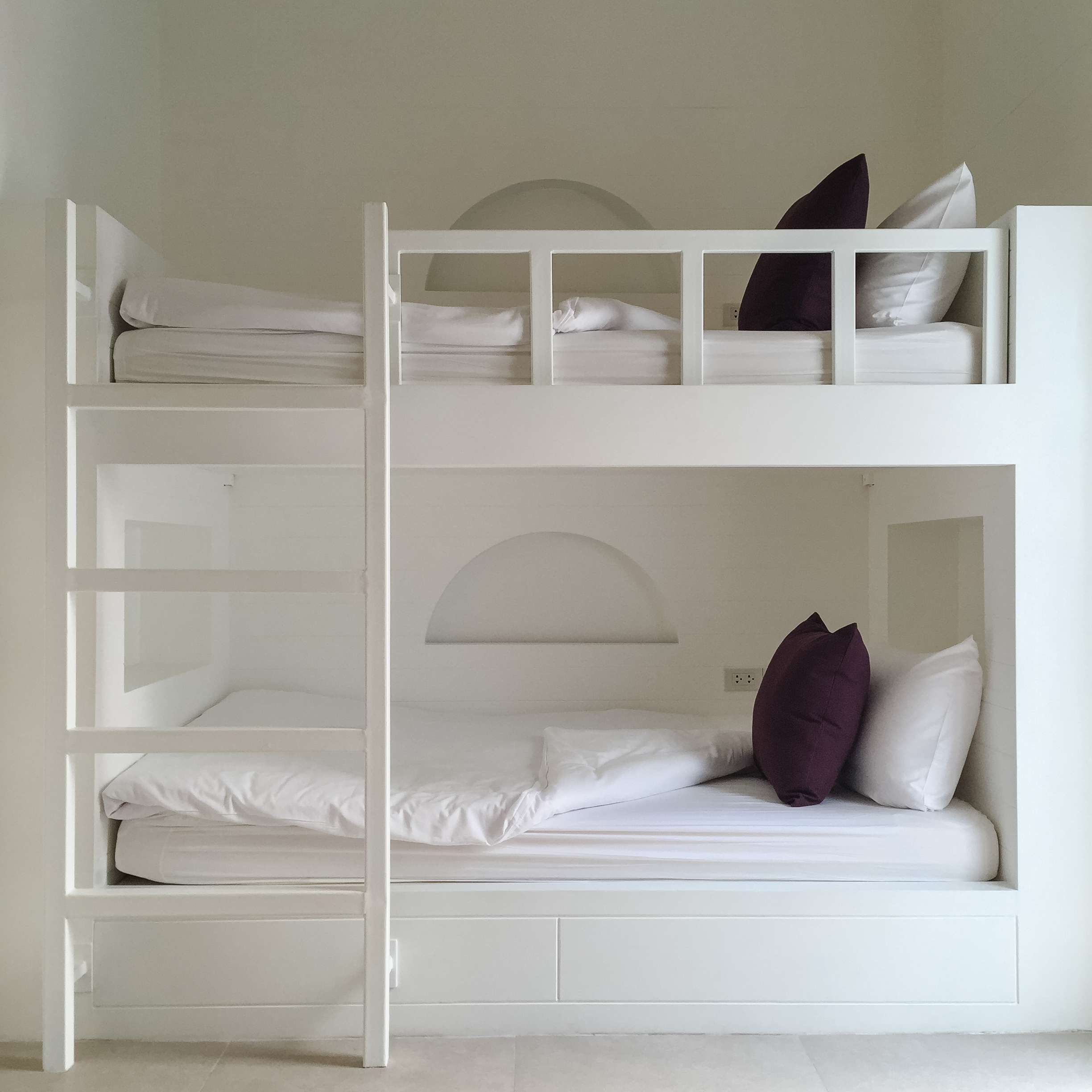
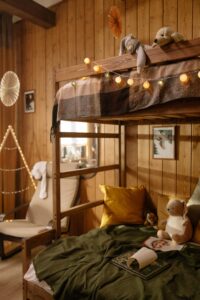




2 thoughts on “Loft Bed Wood: A Guide to Choosing the Best Material for Your Elevated Bed”